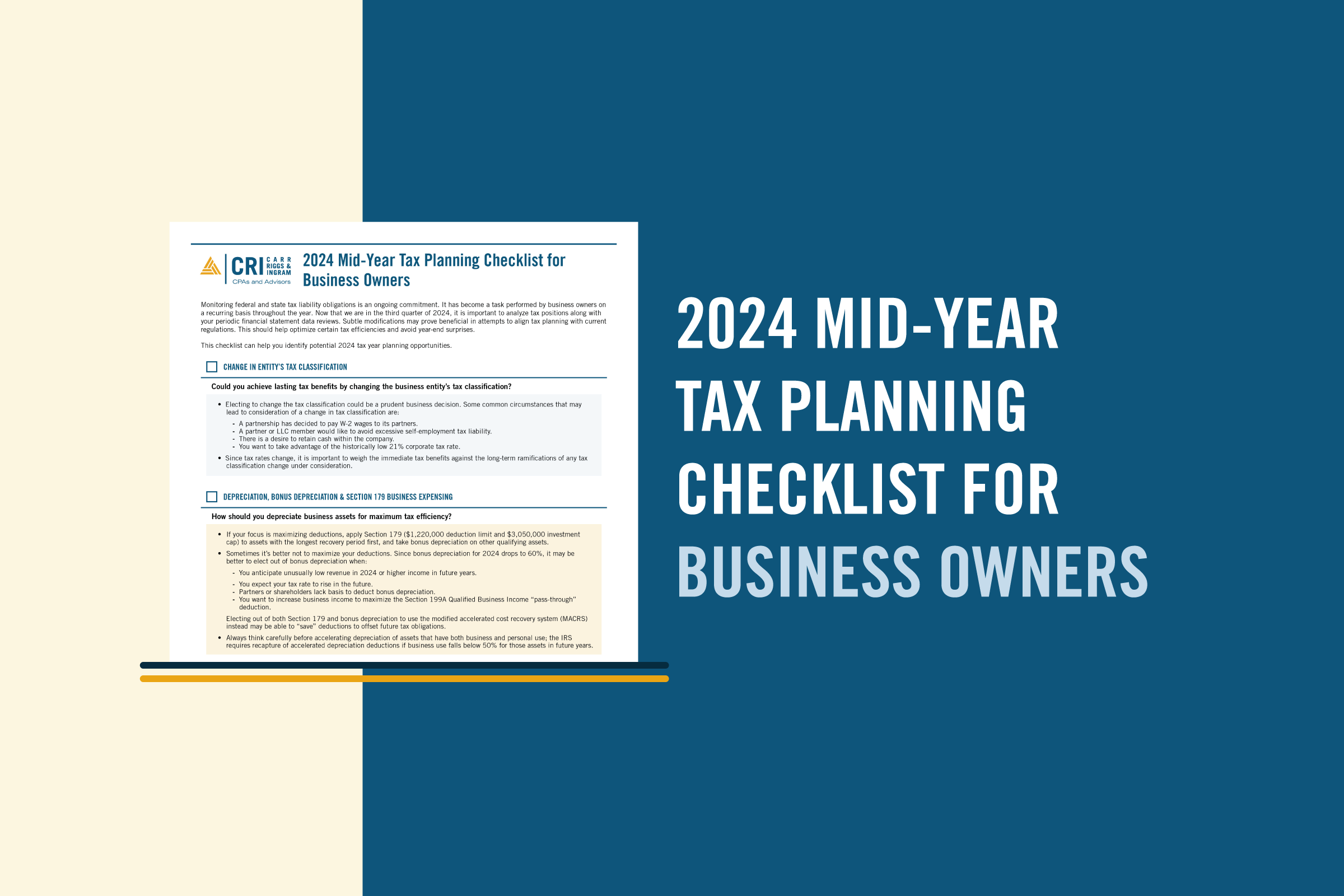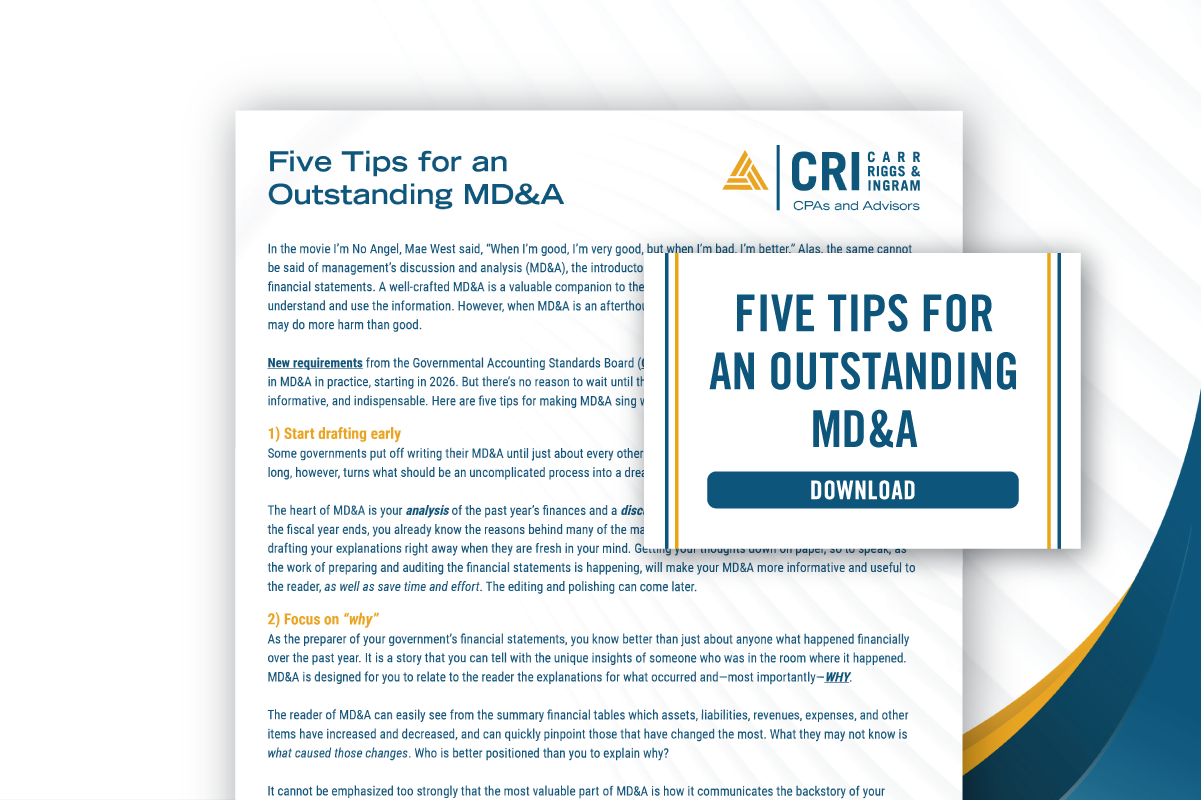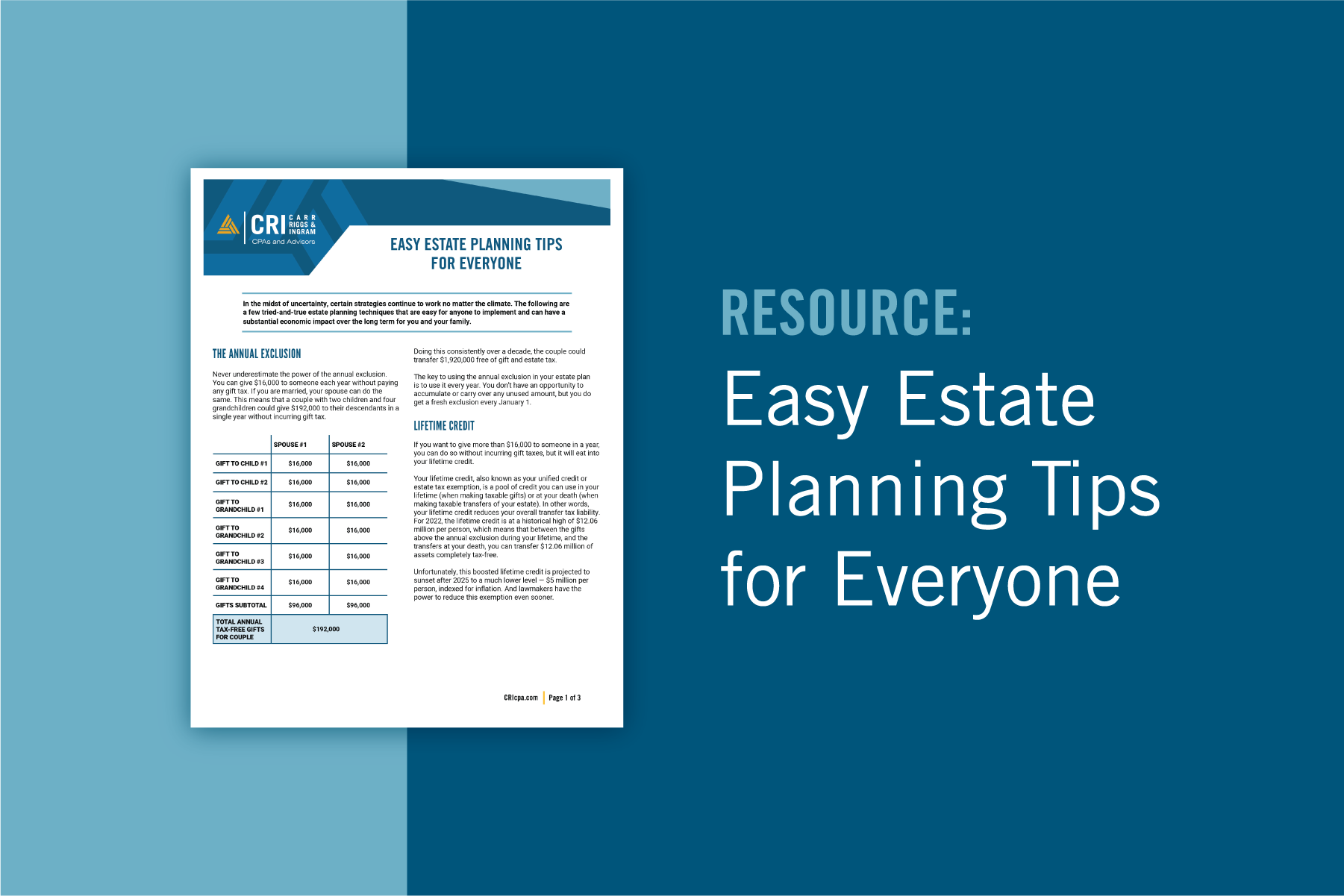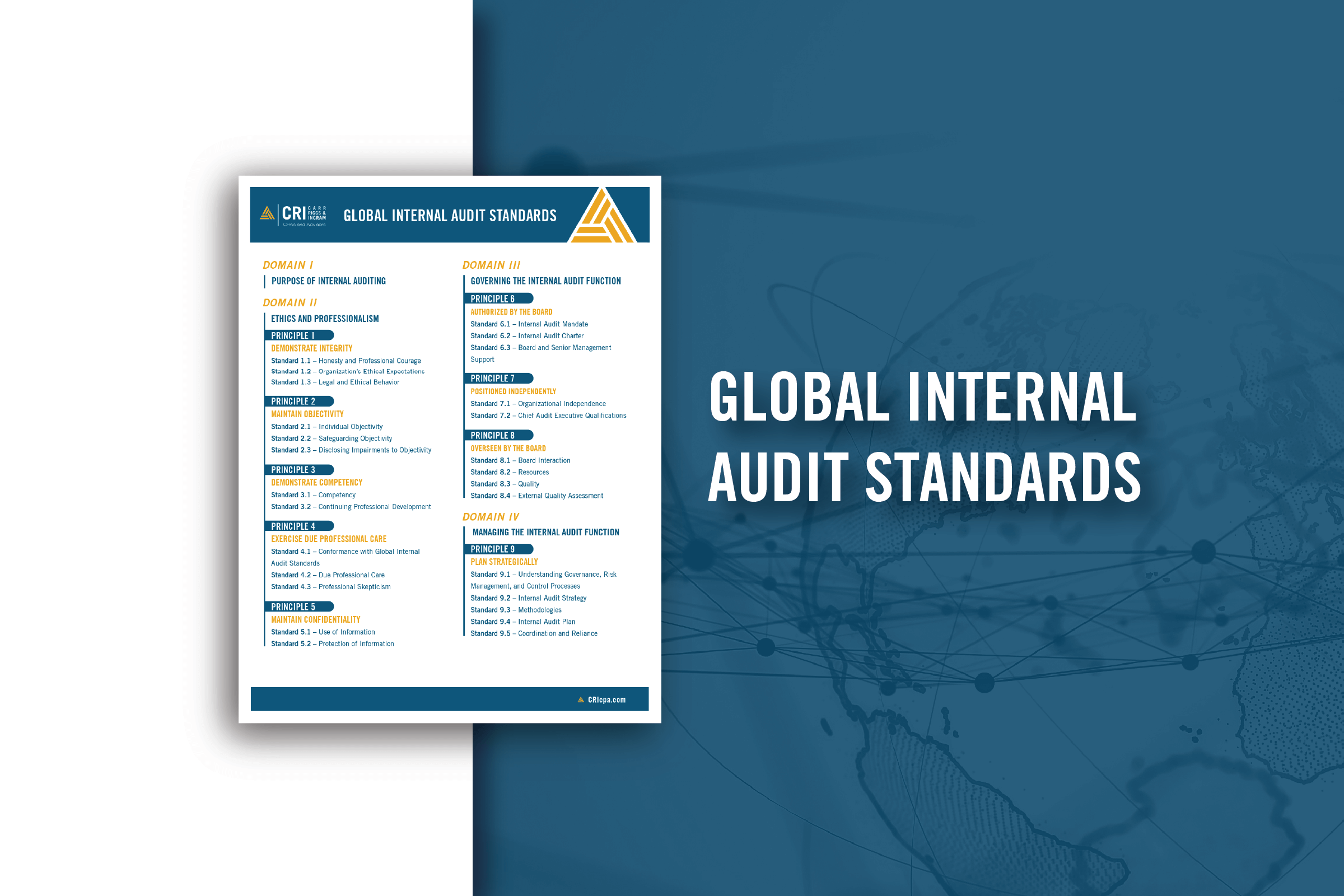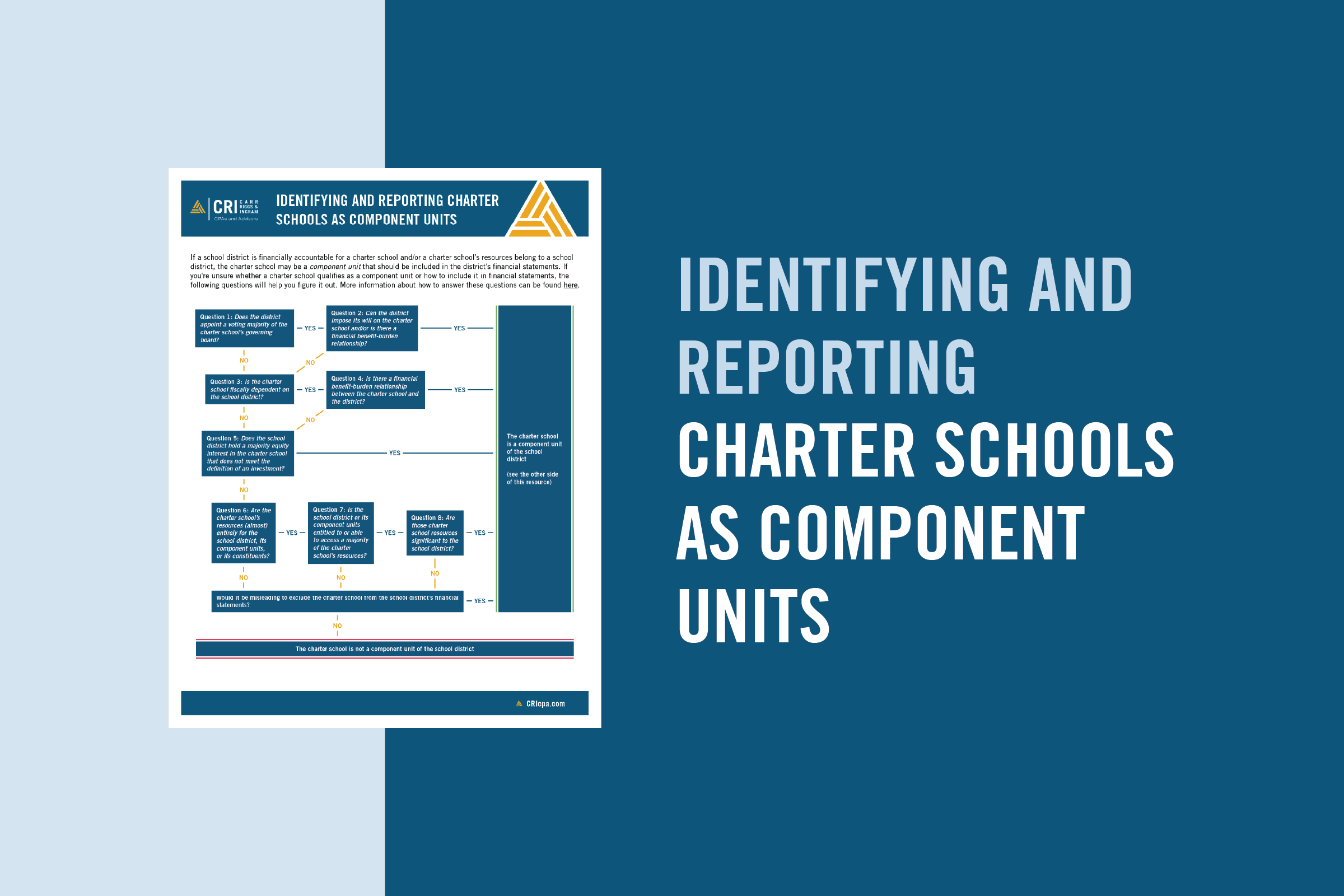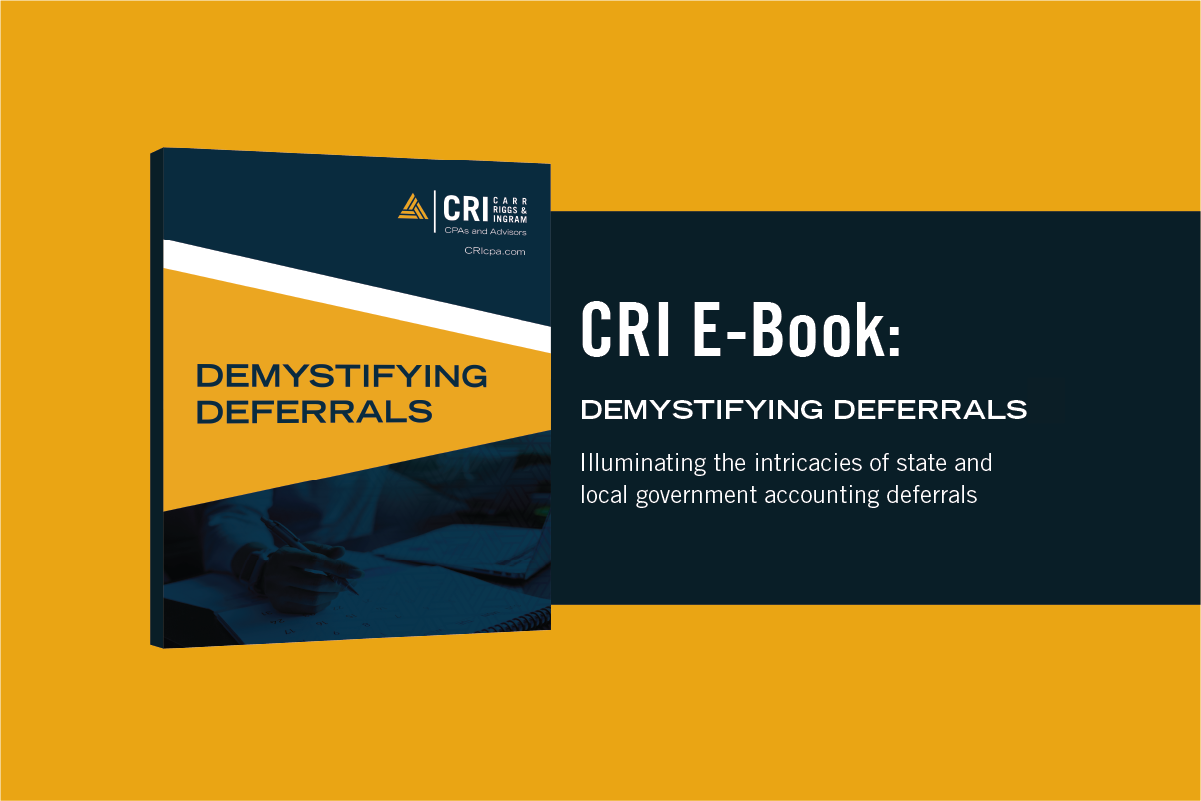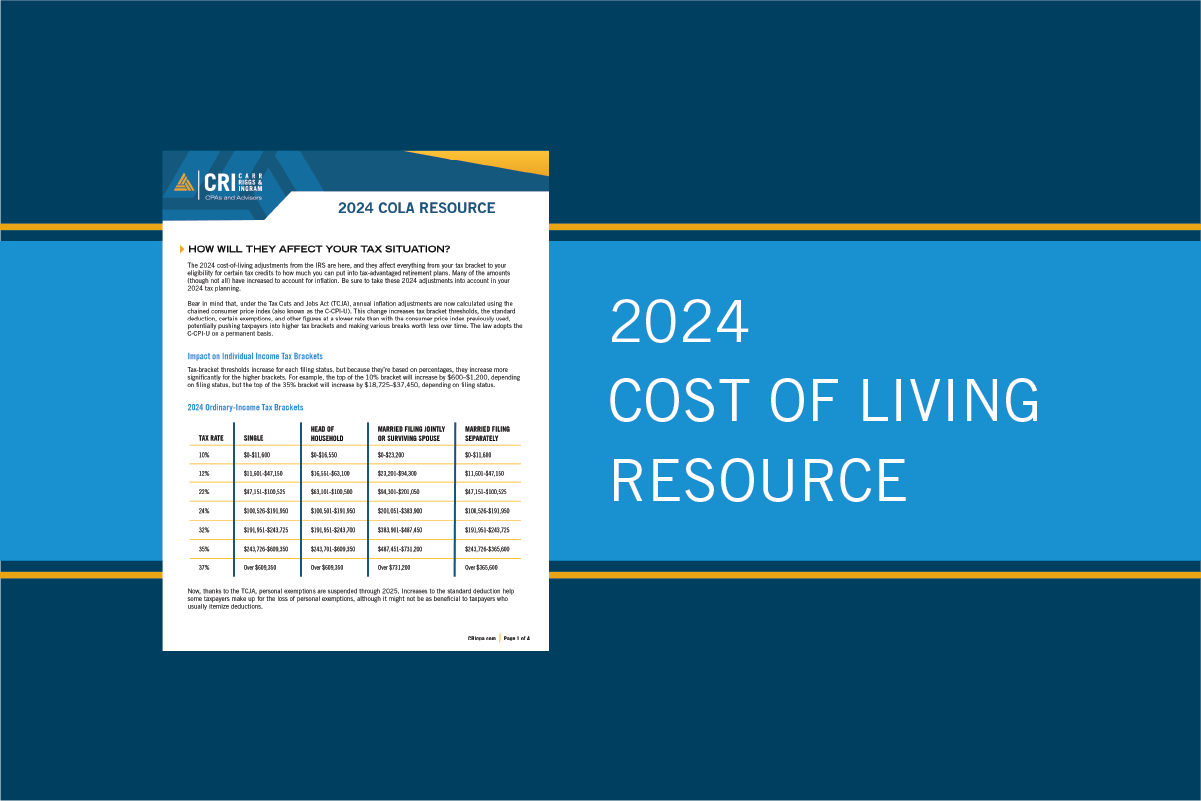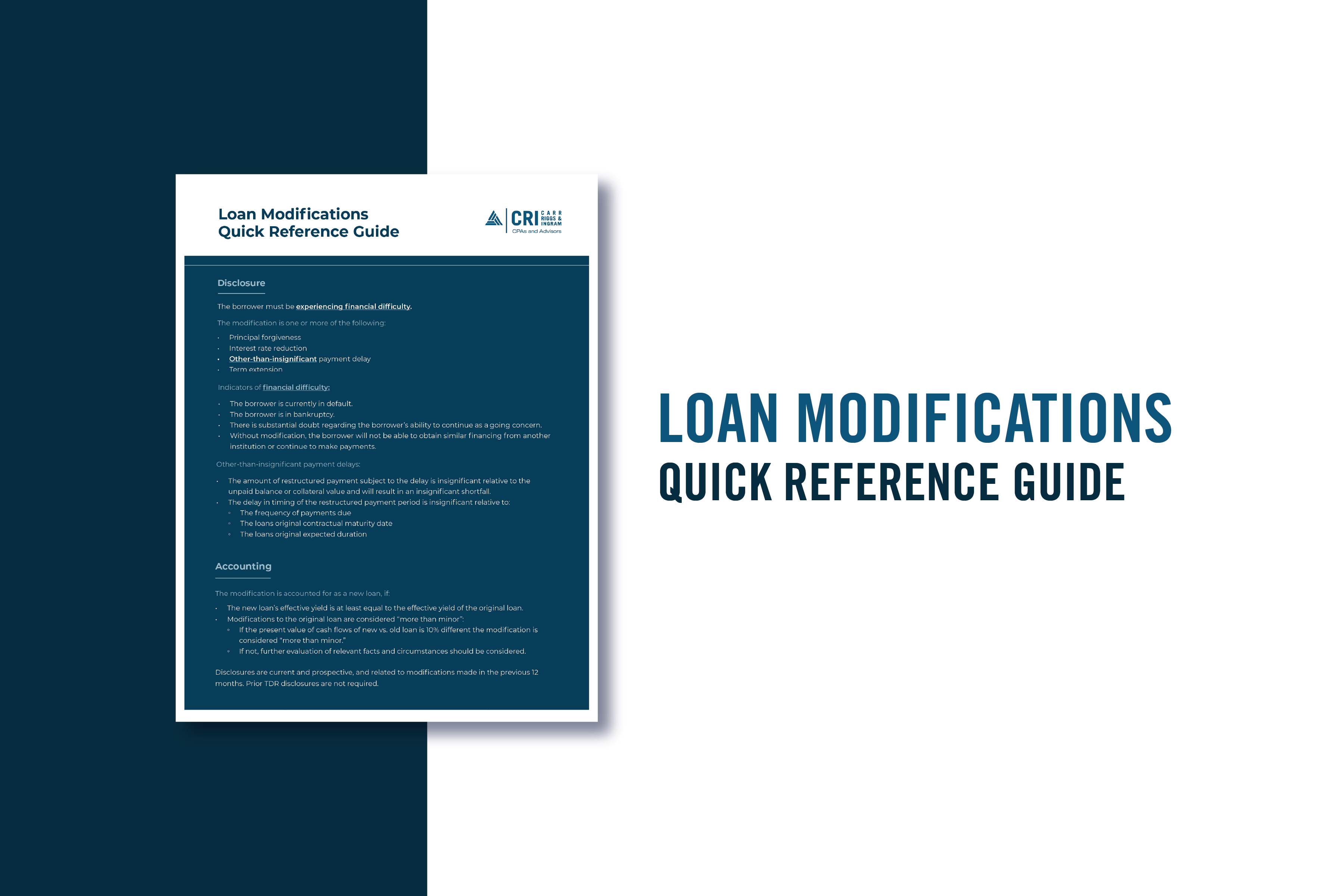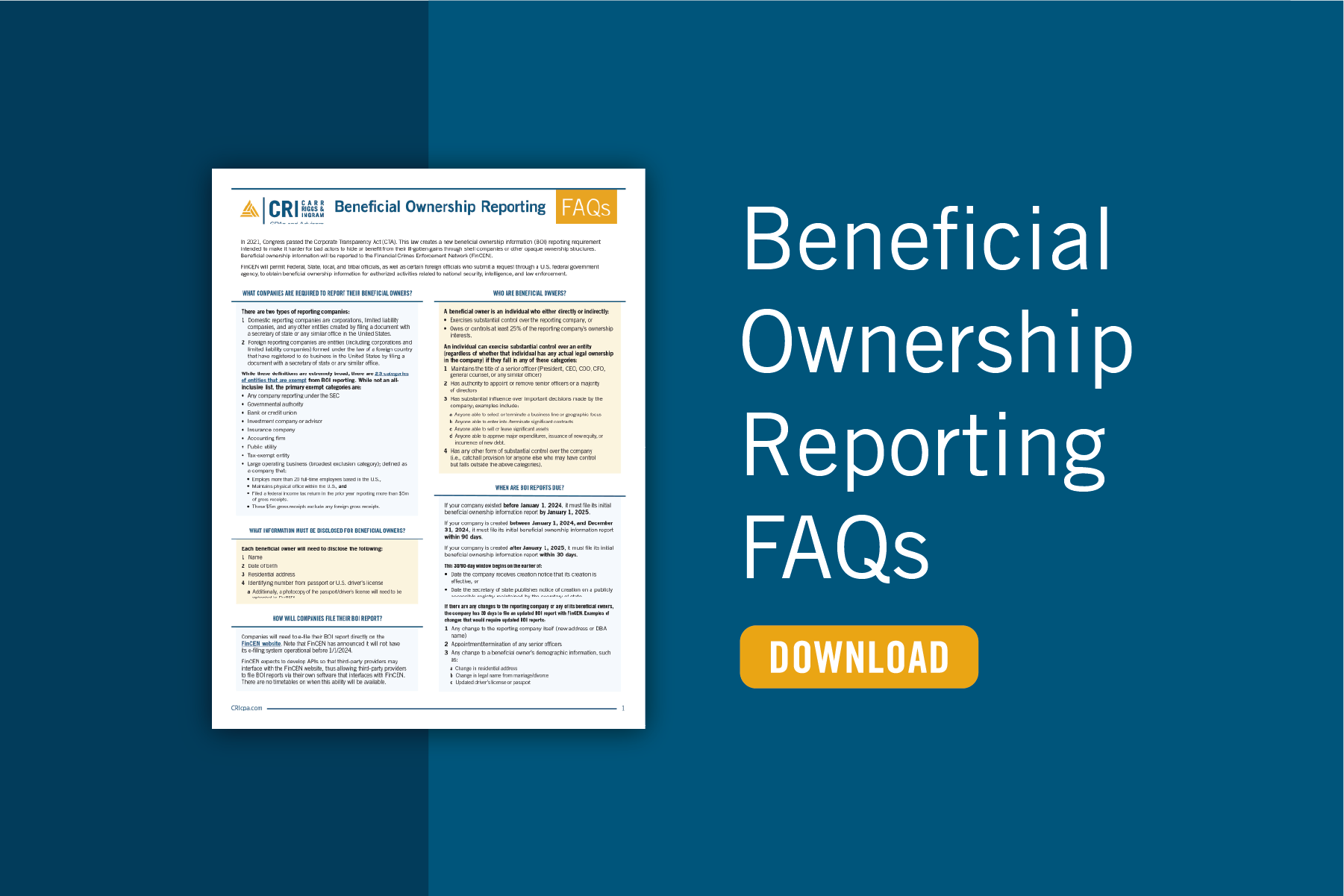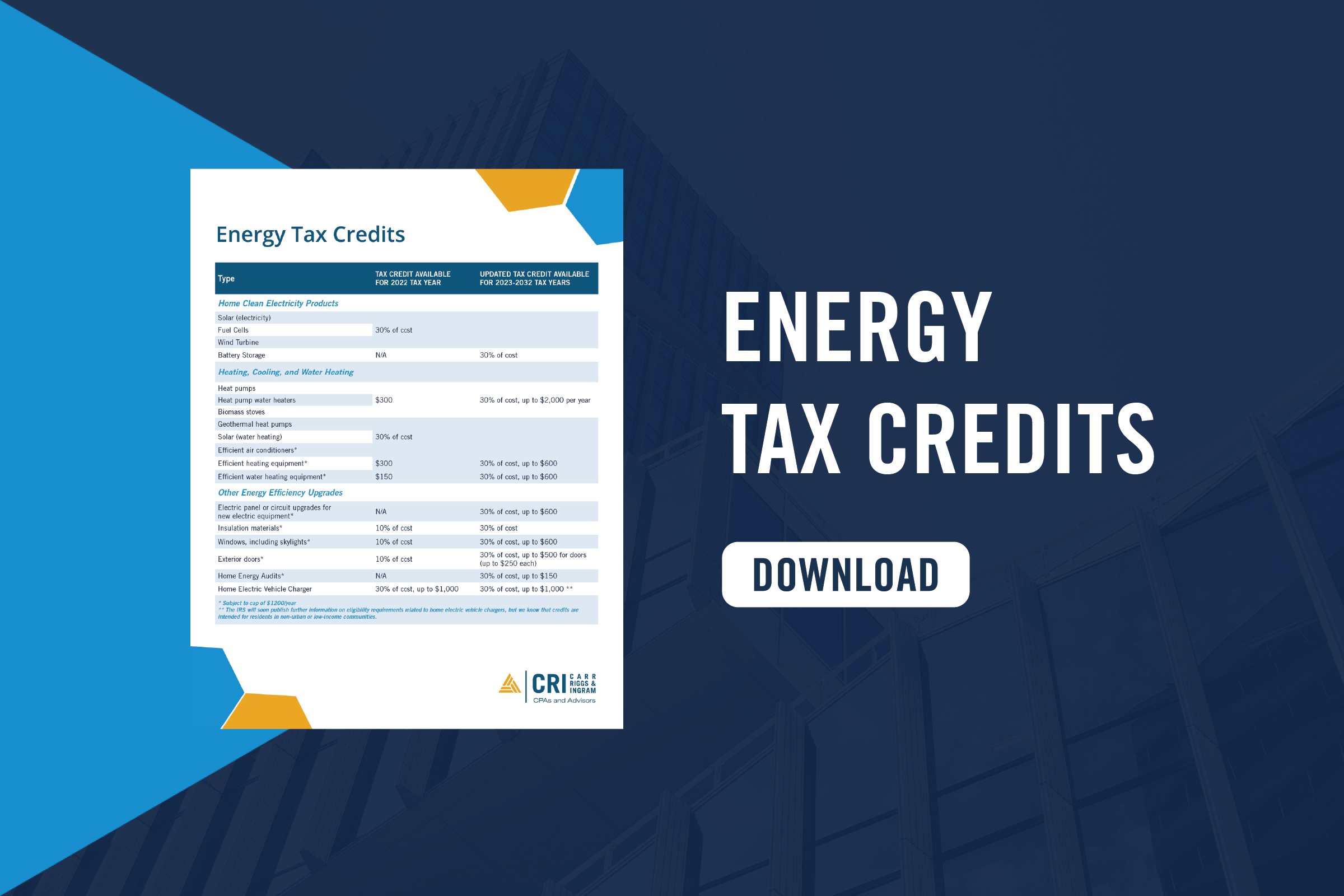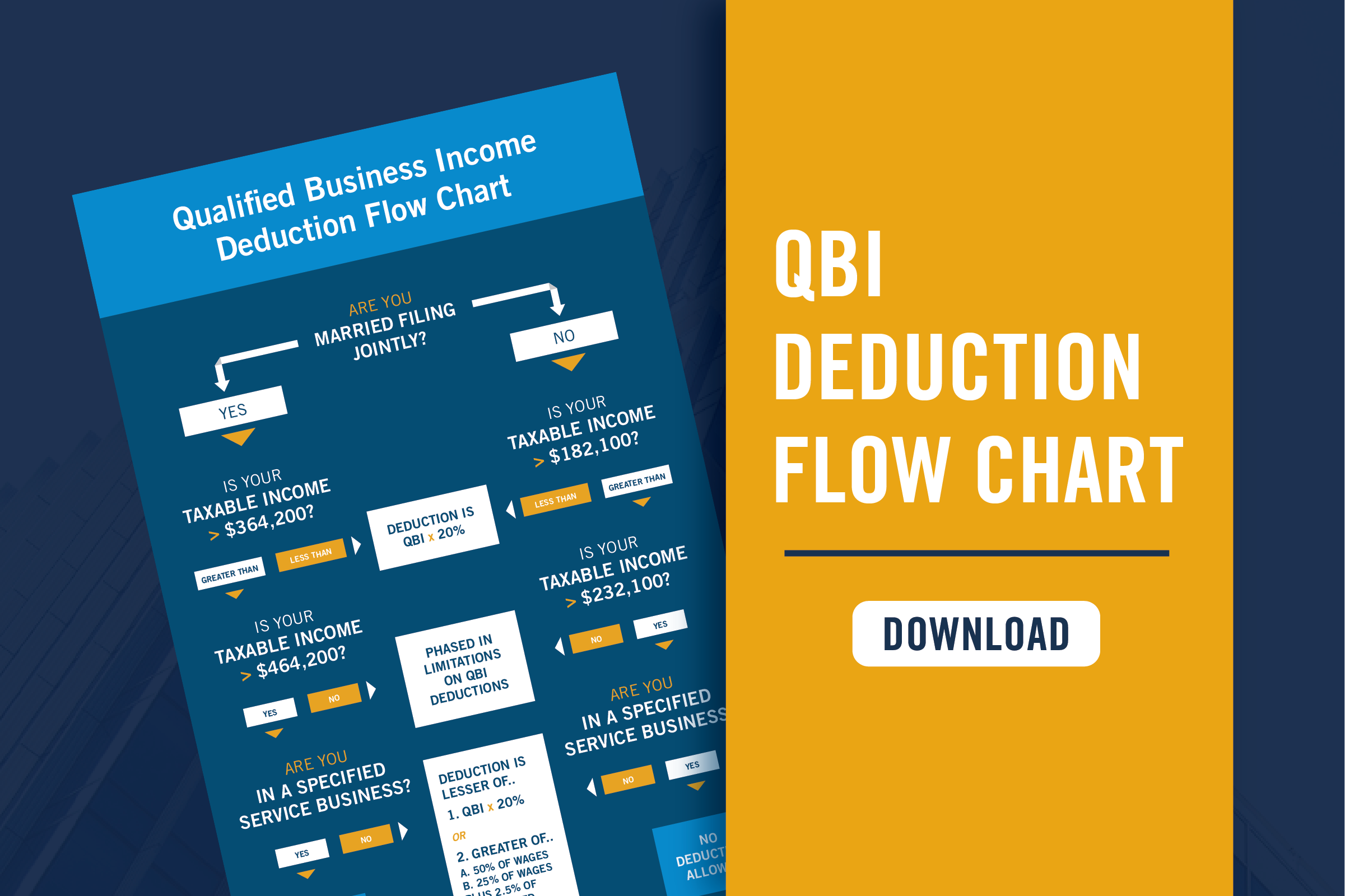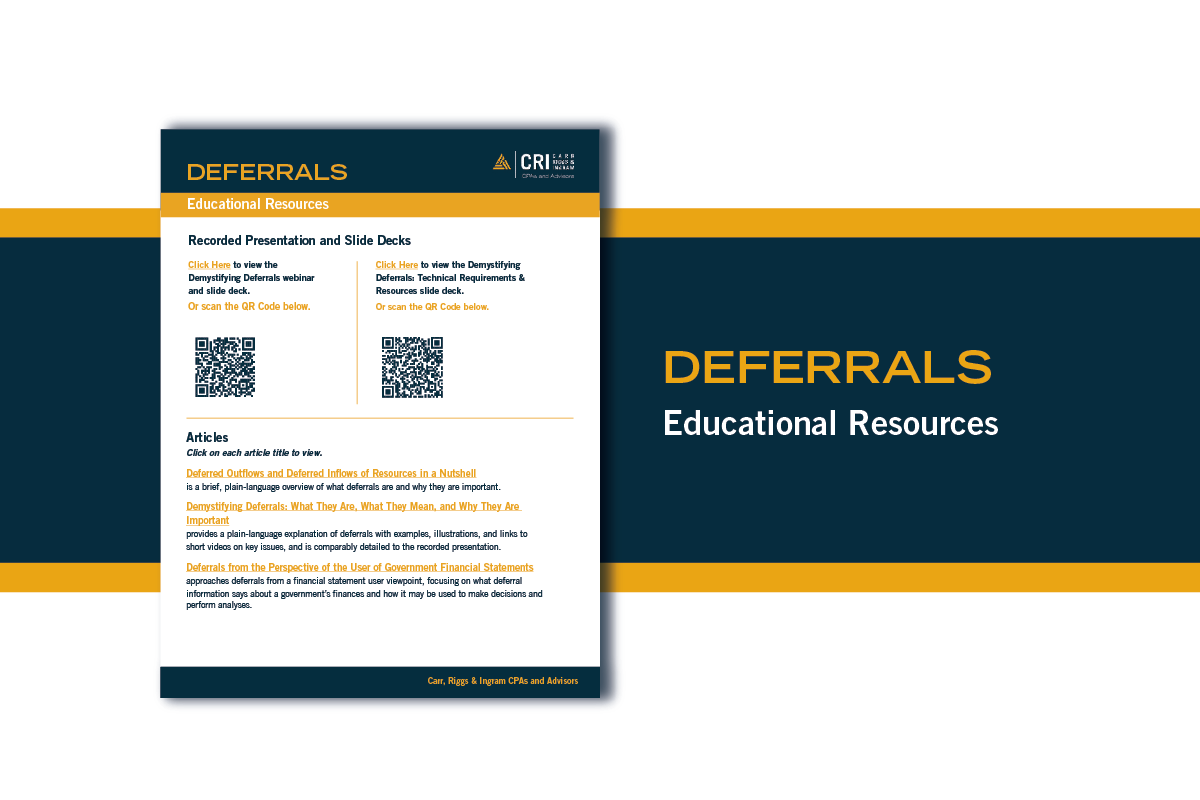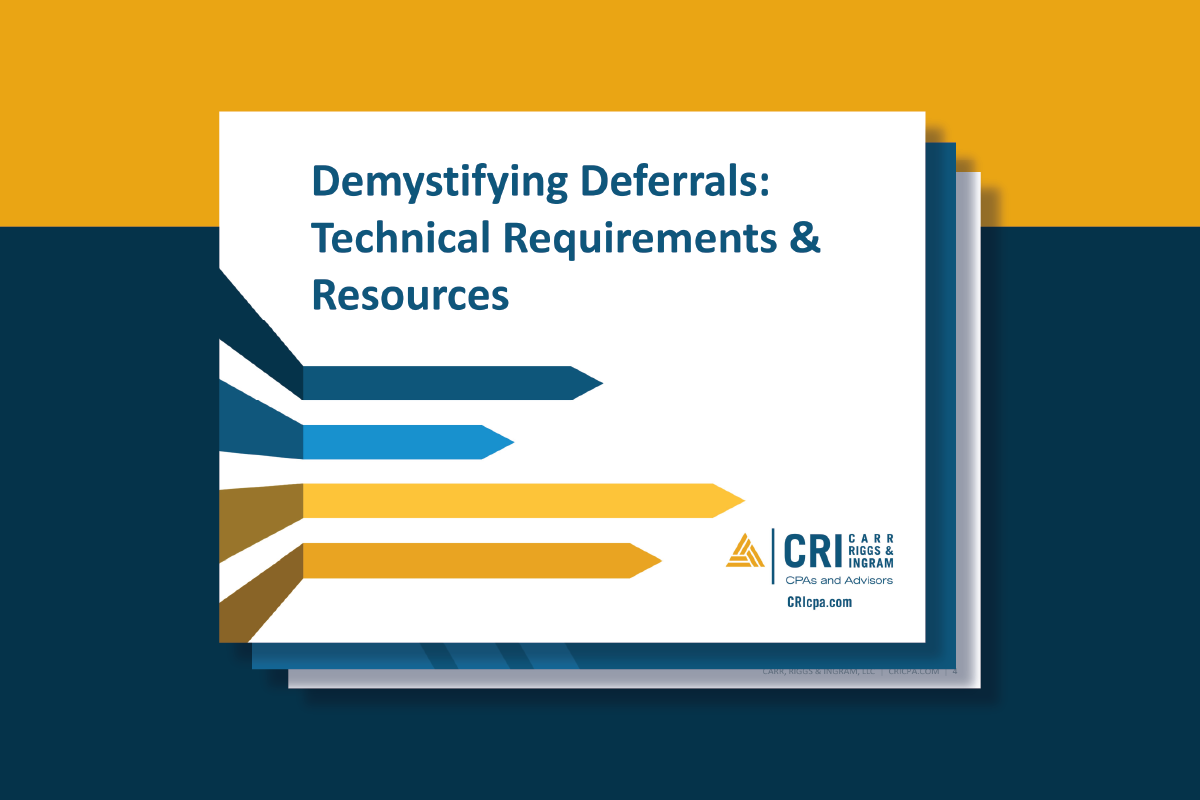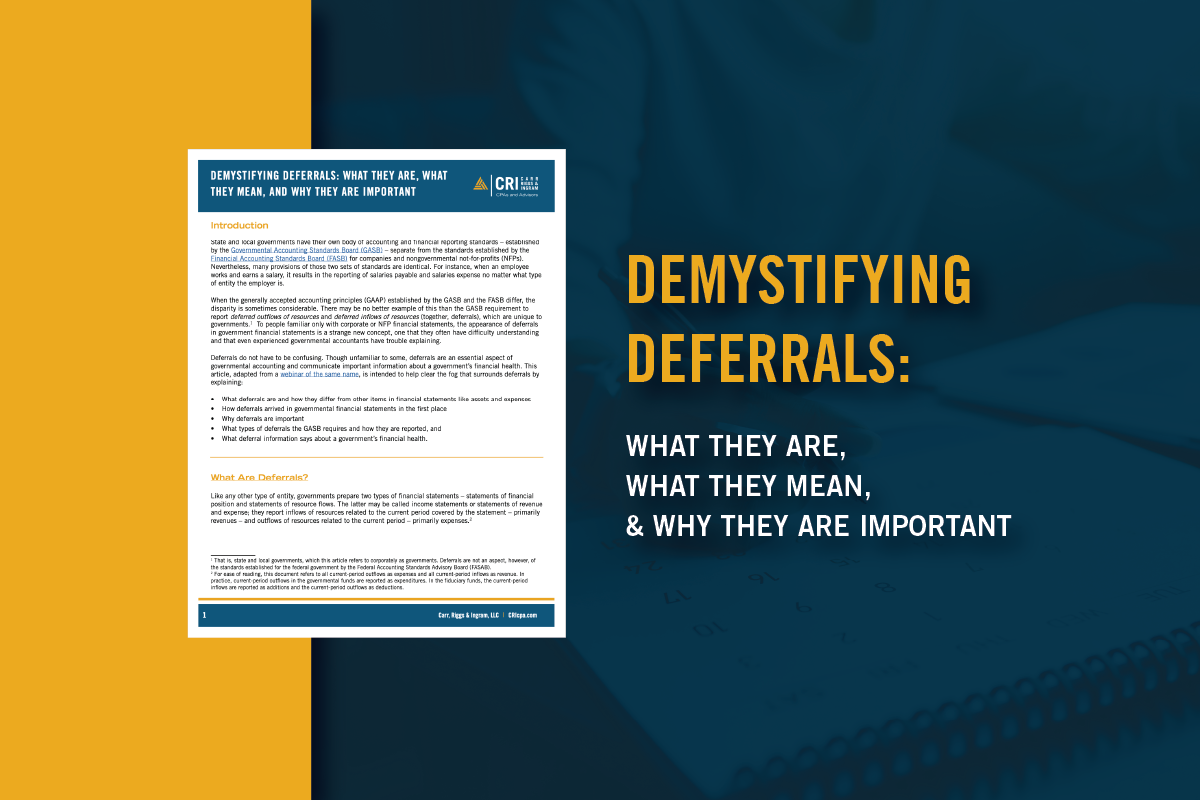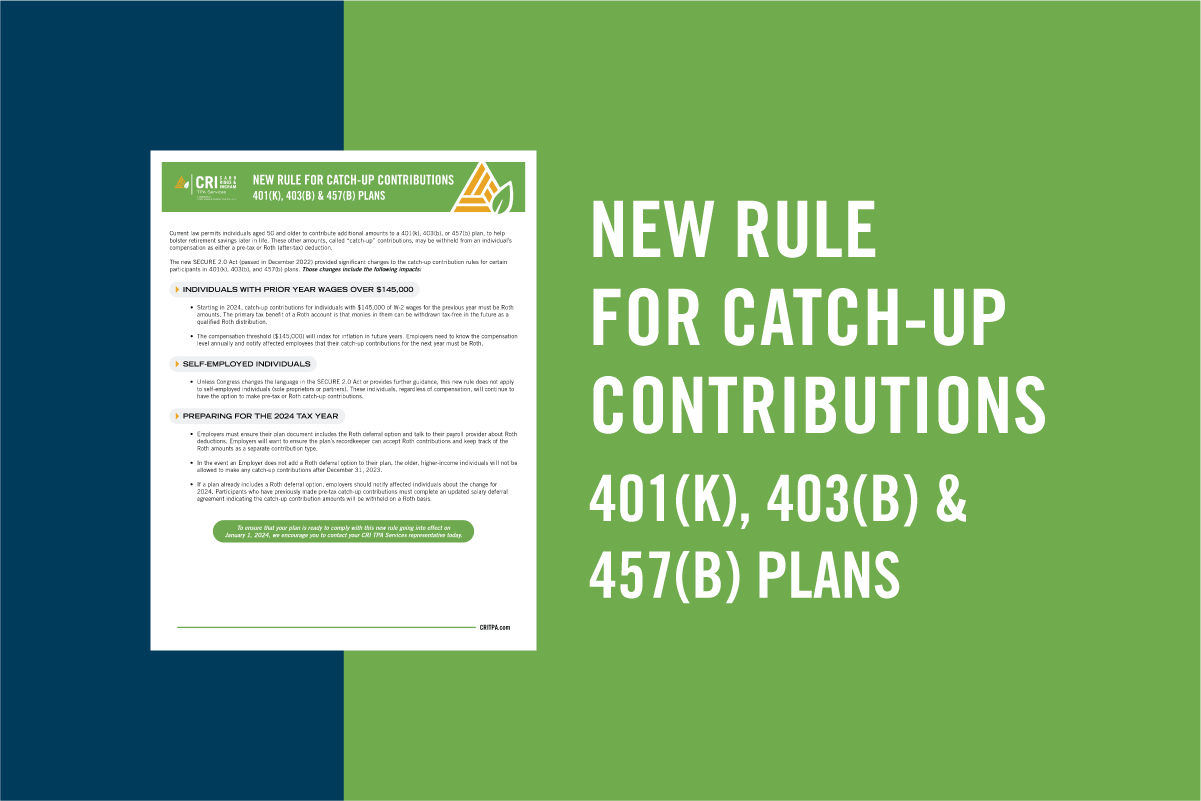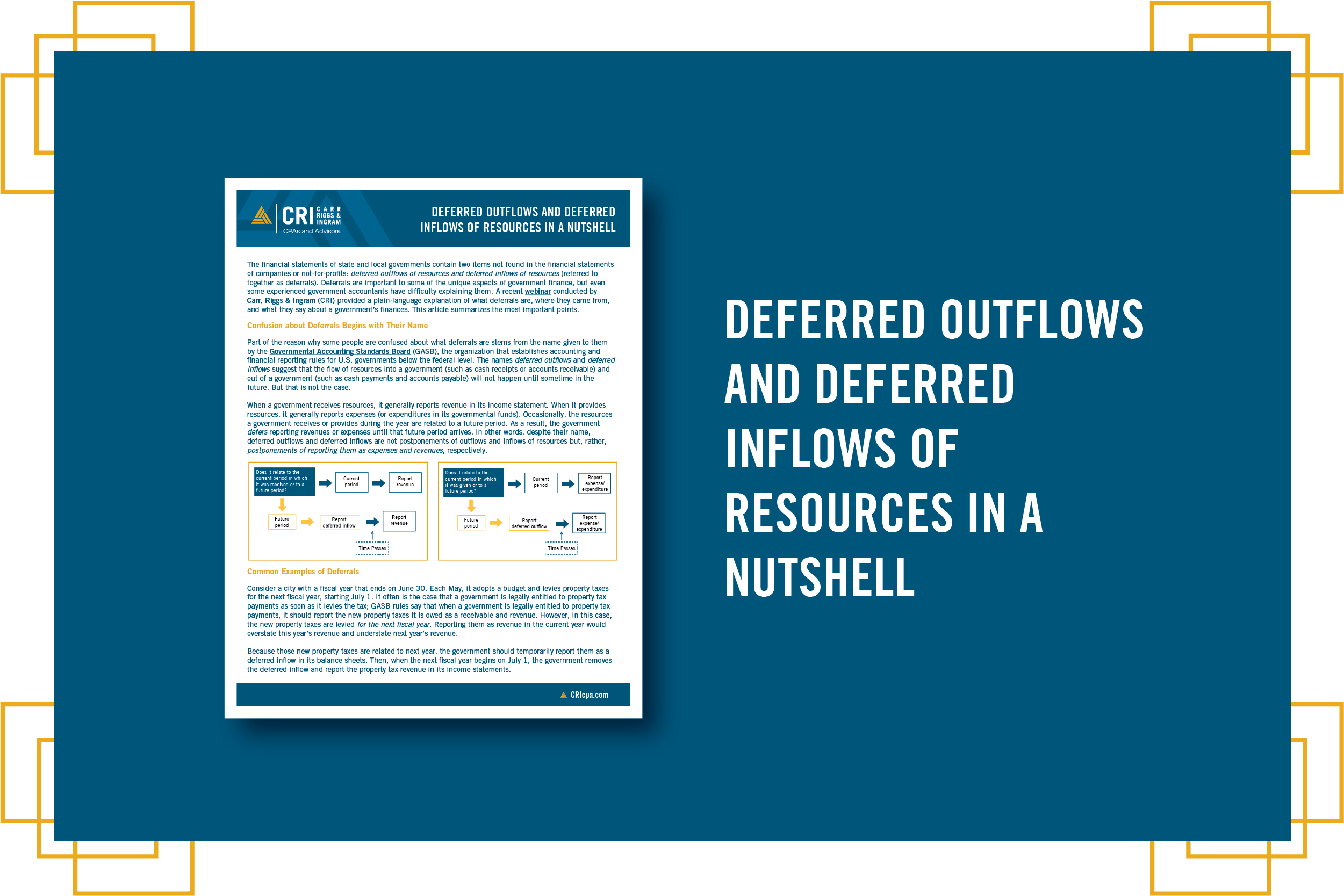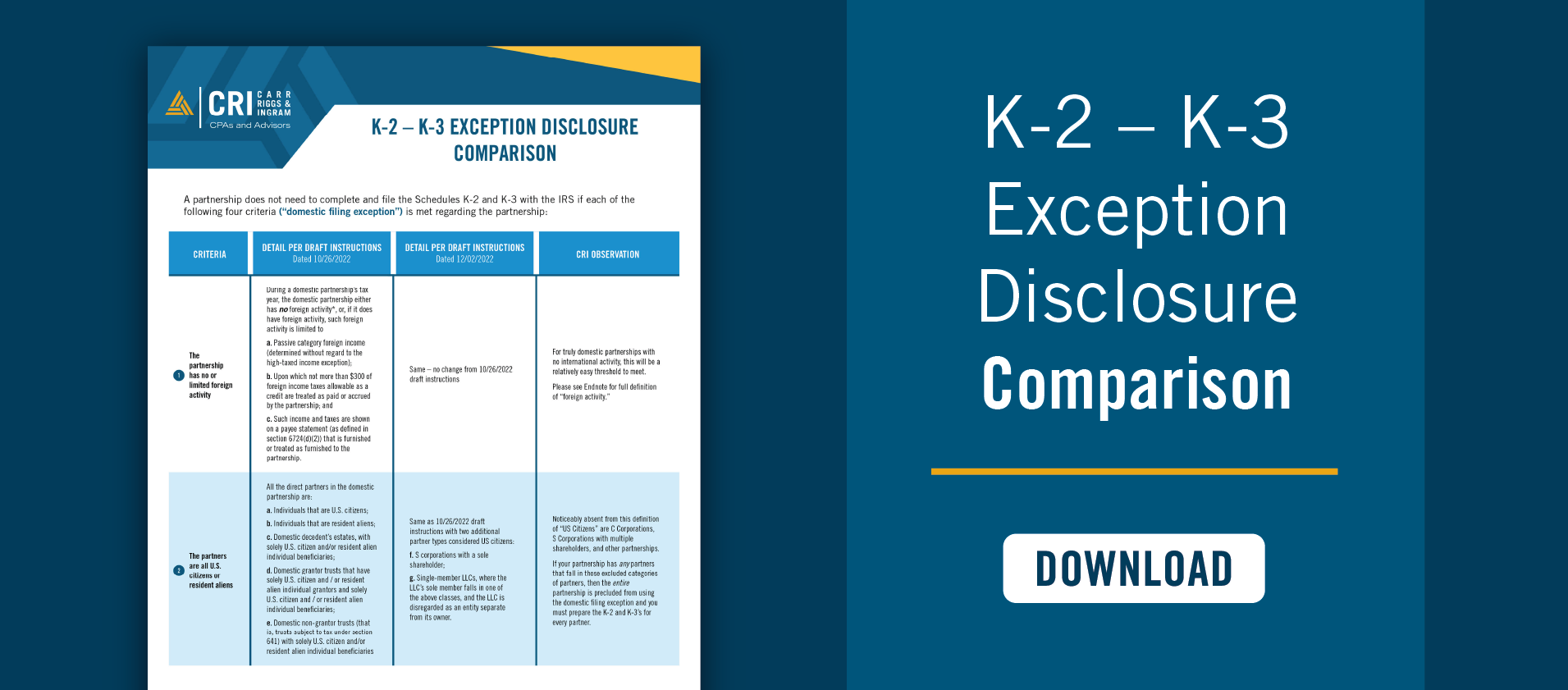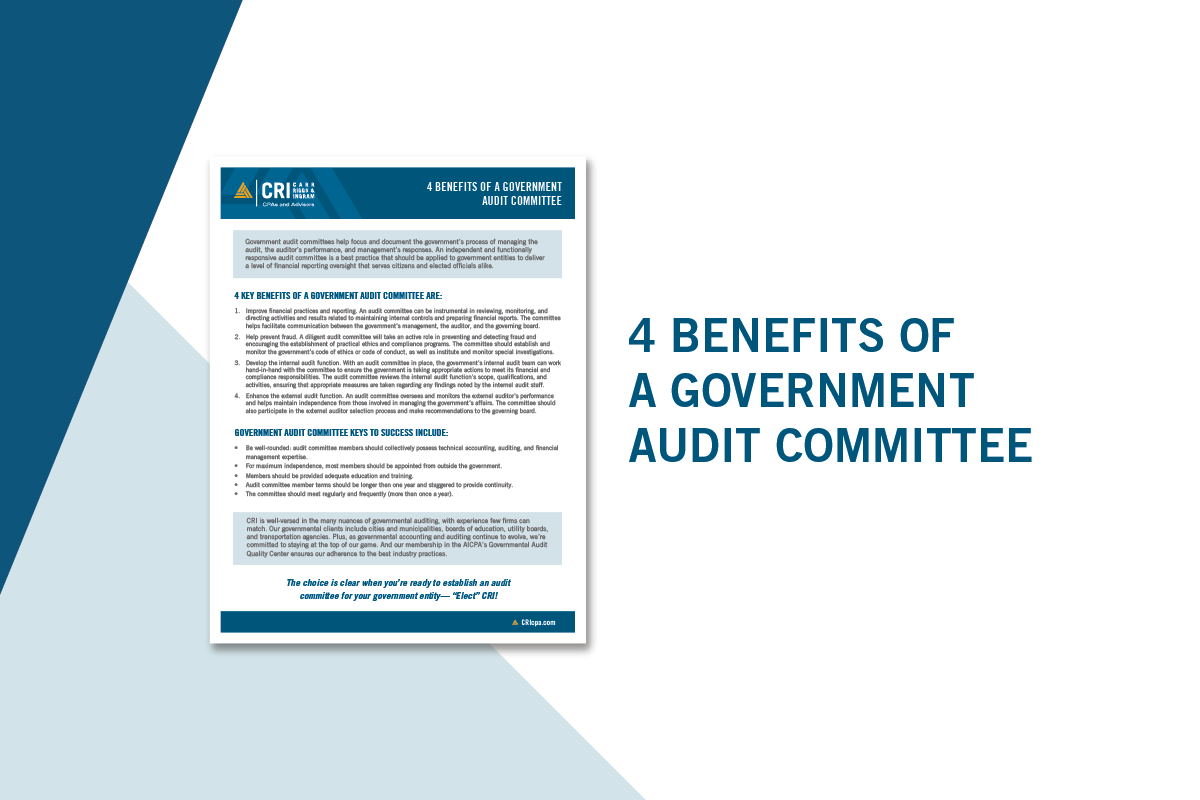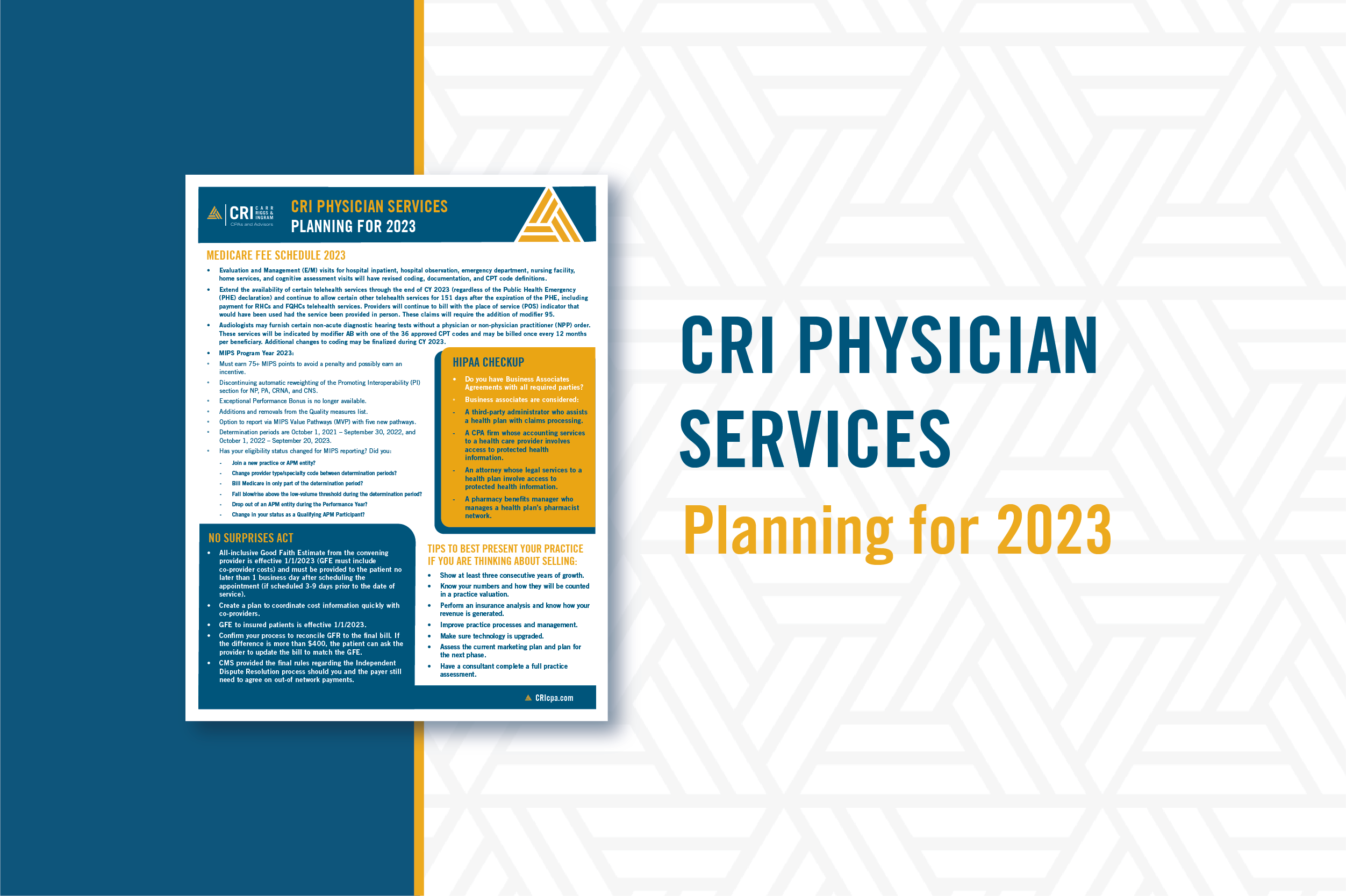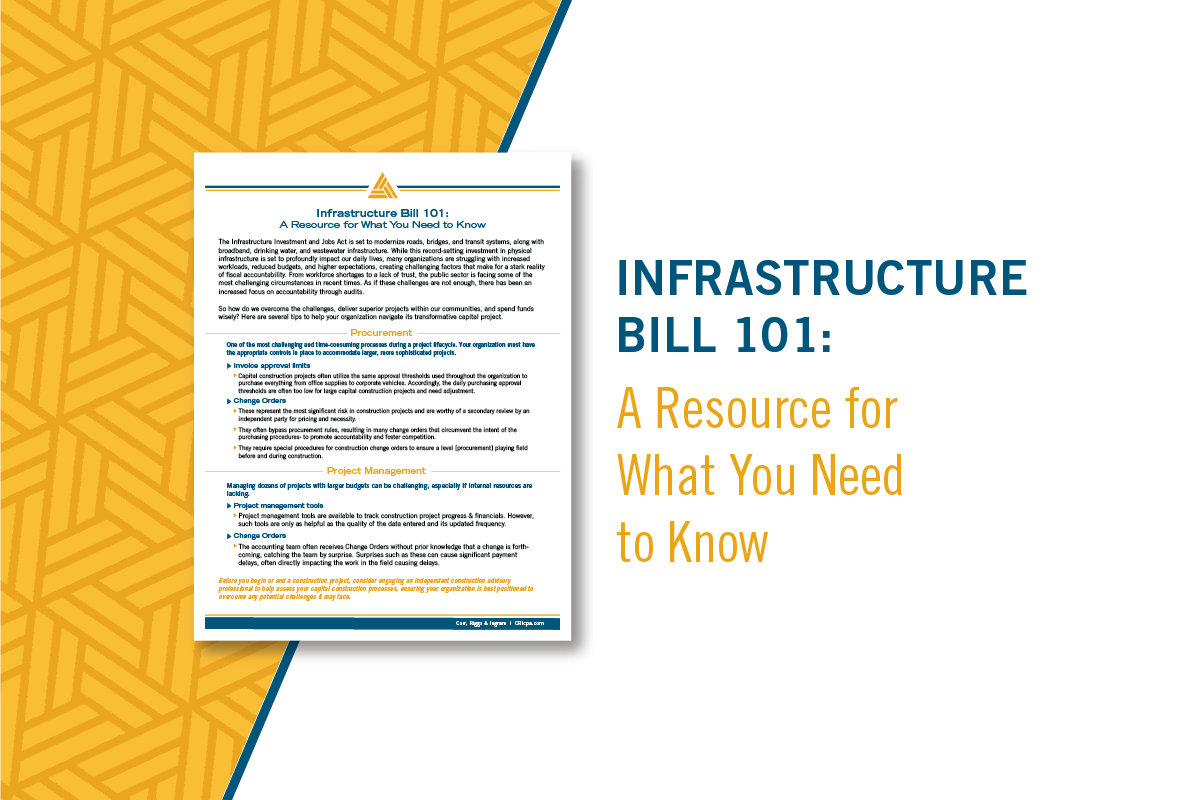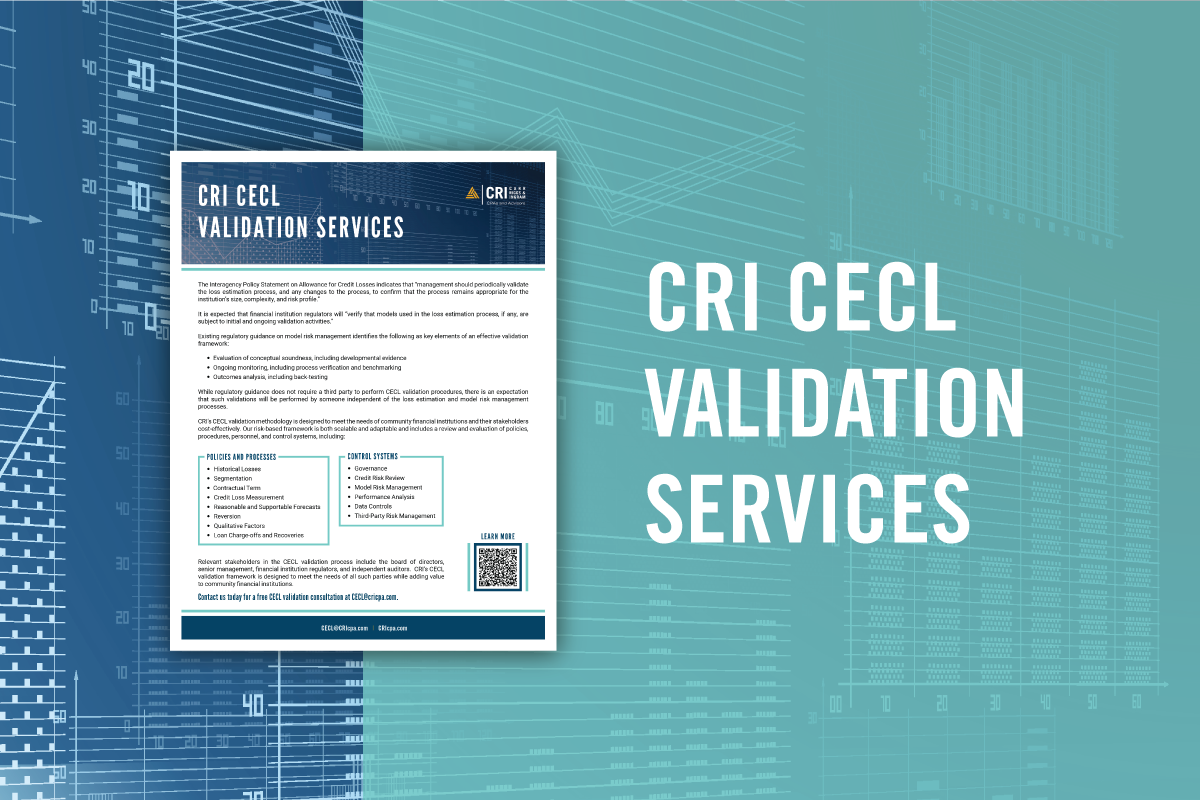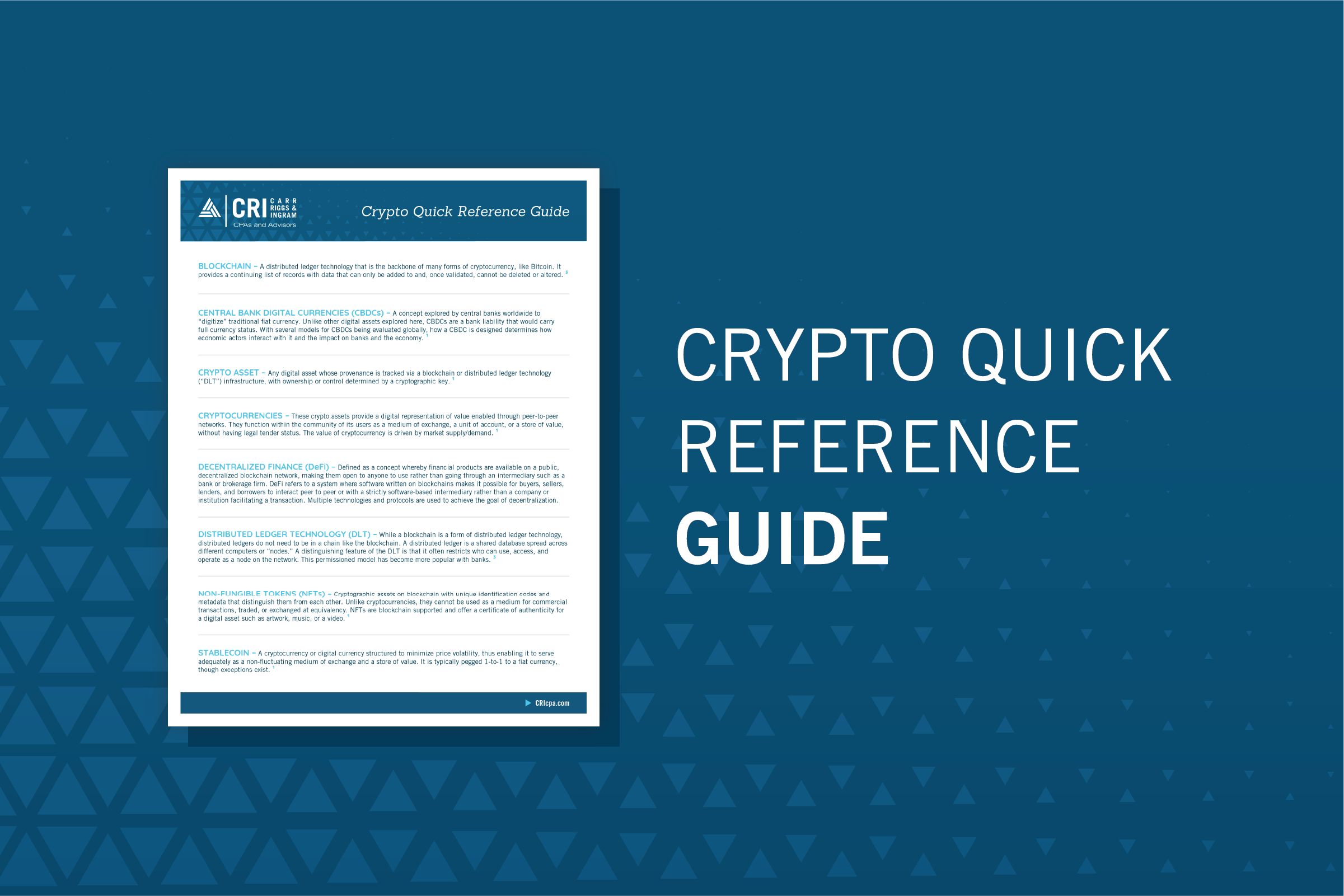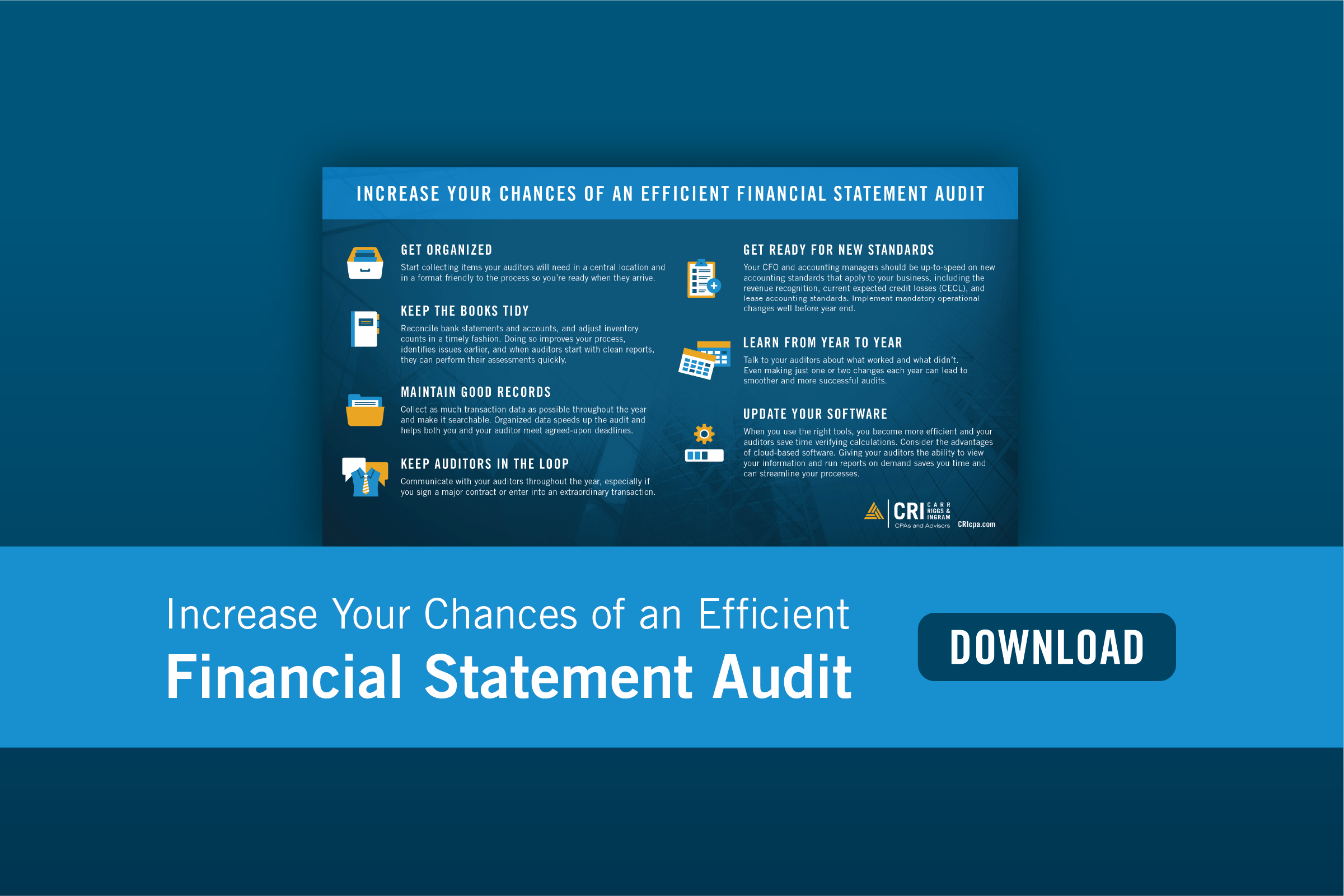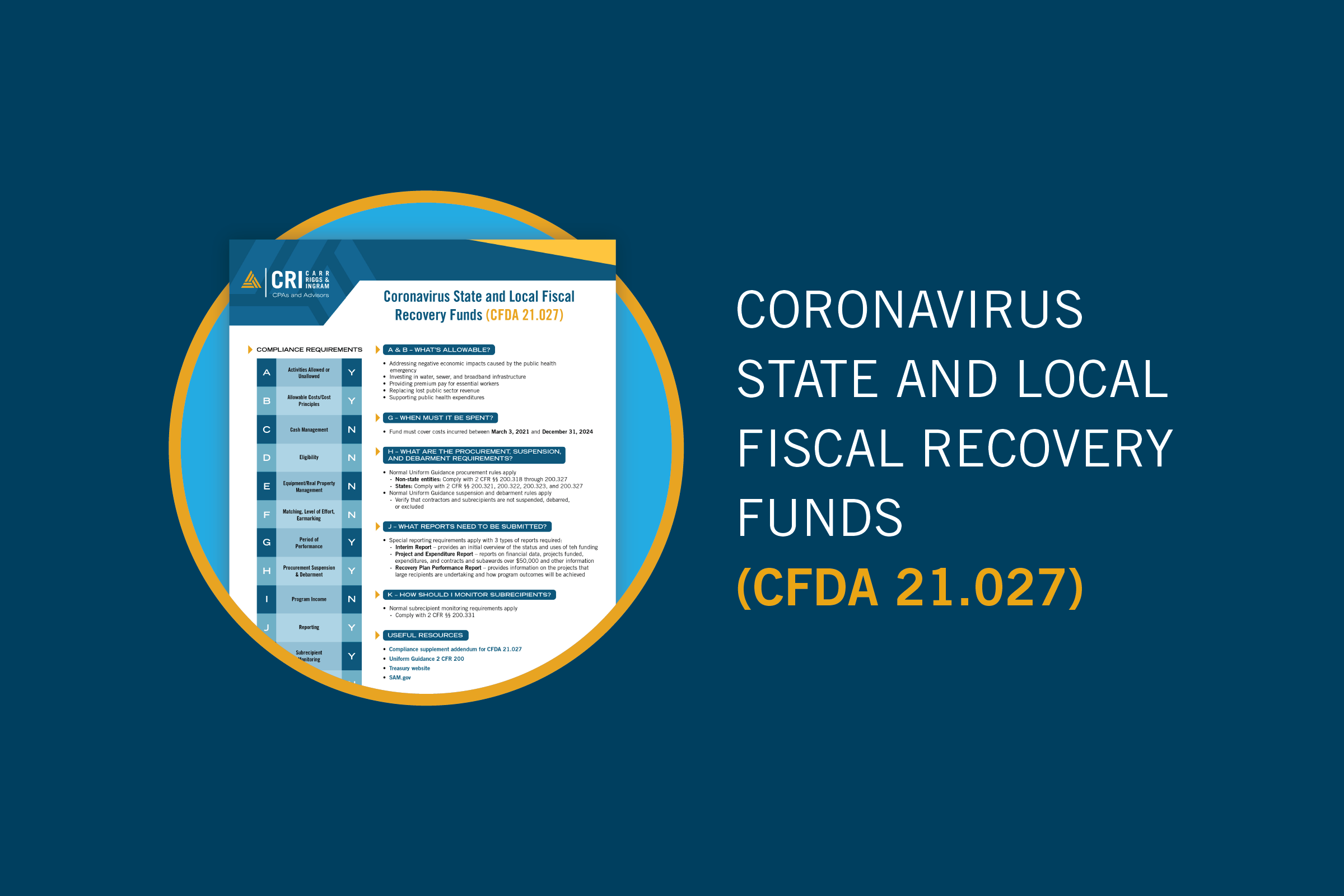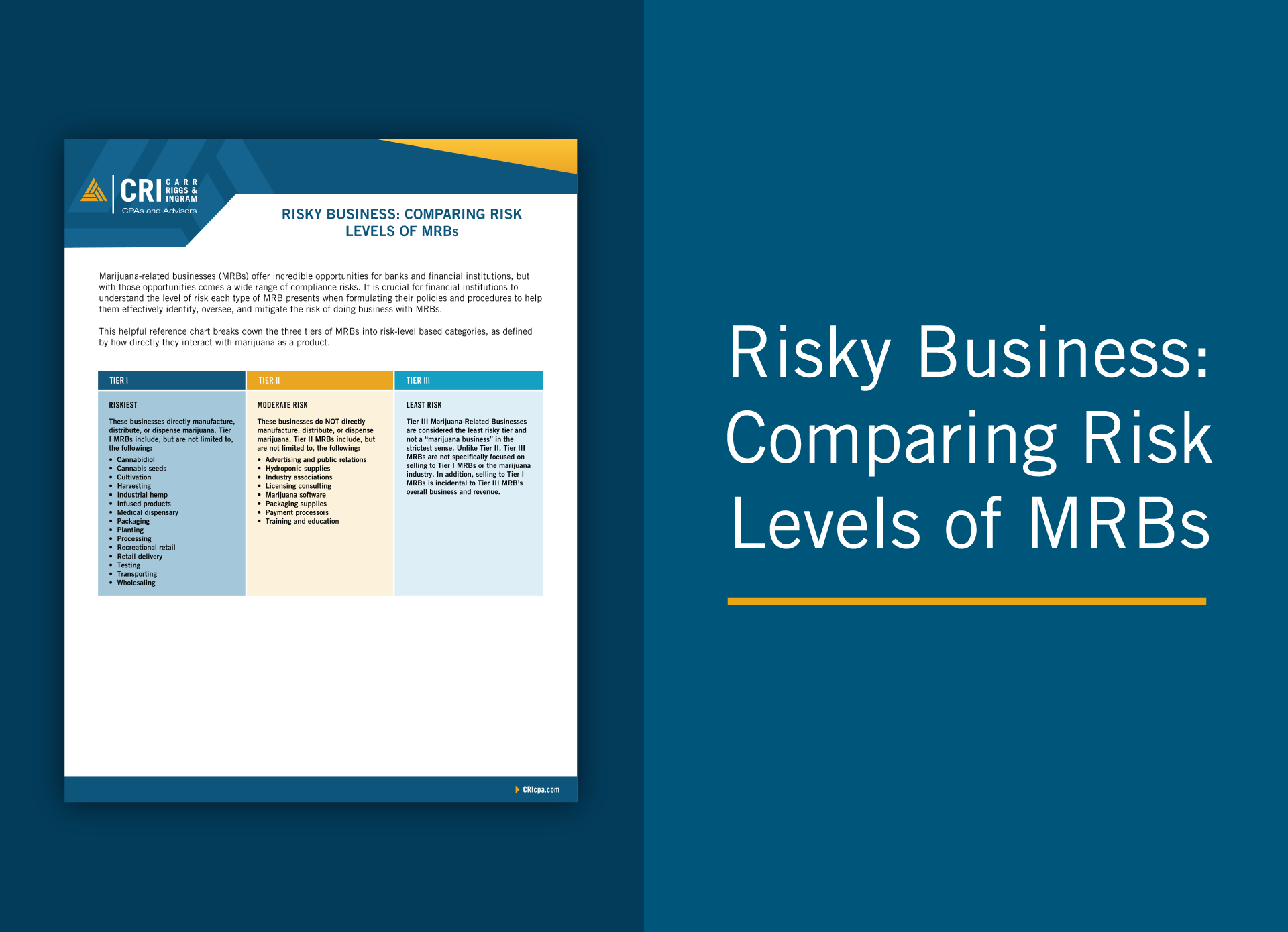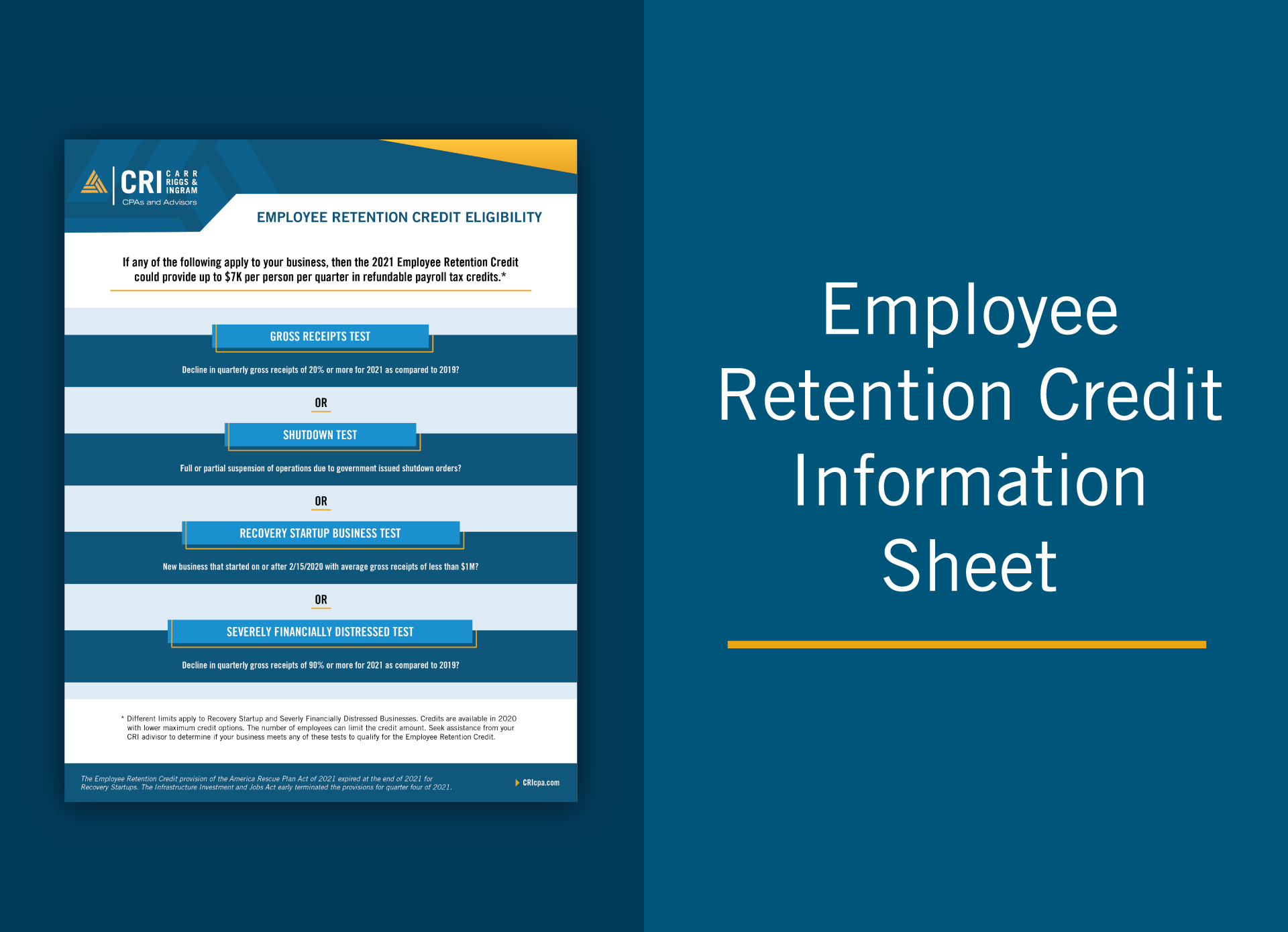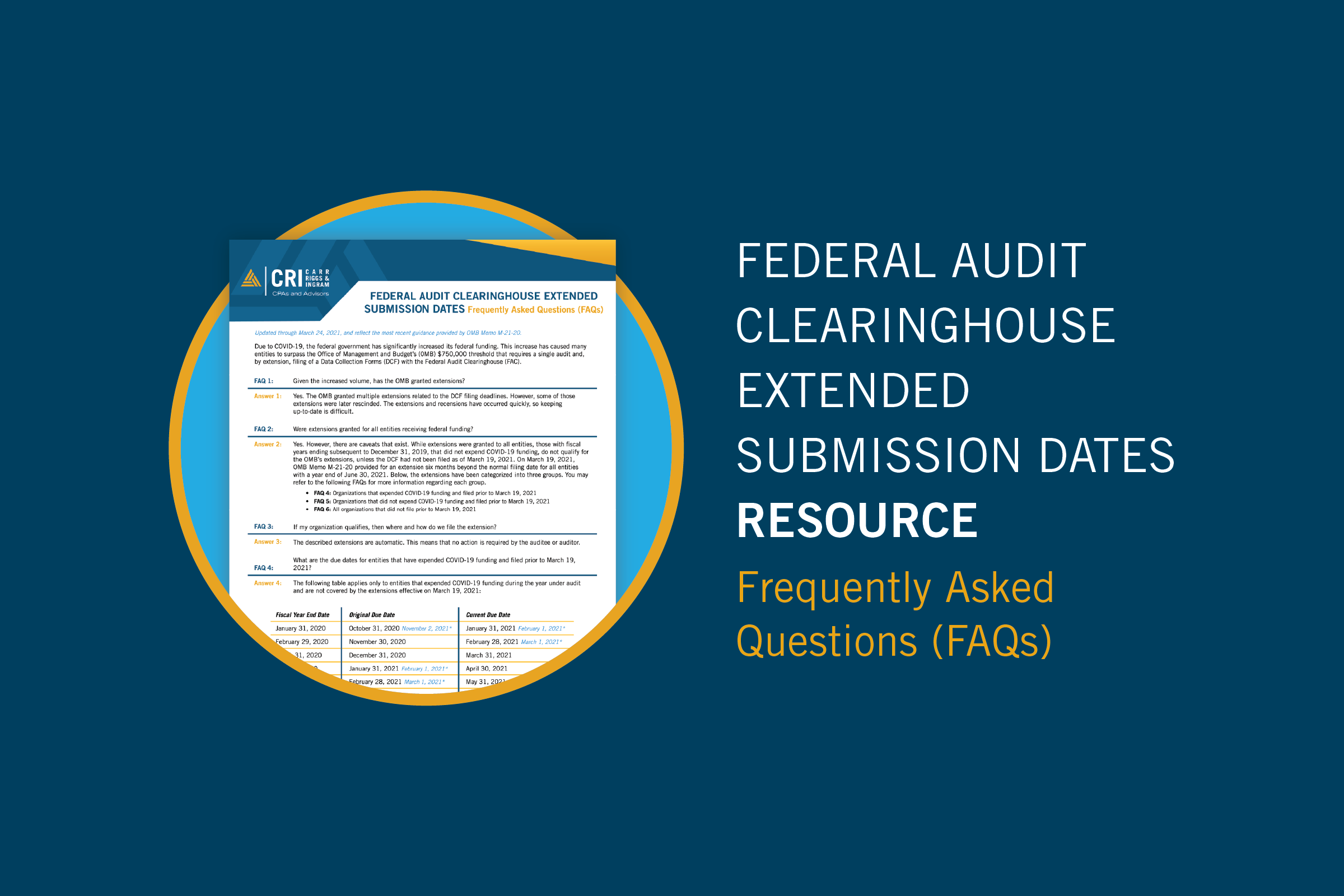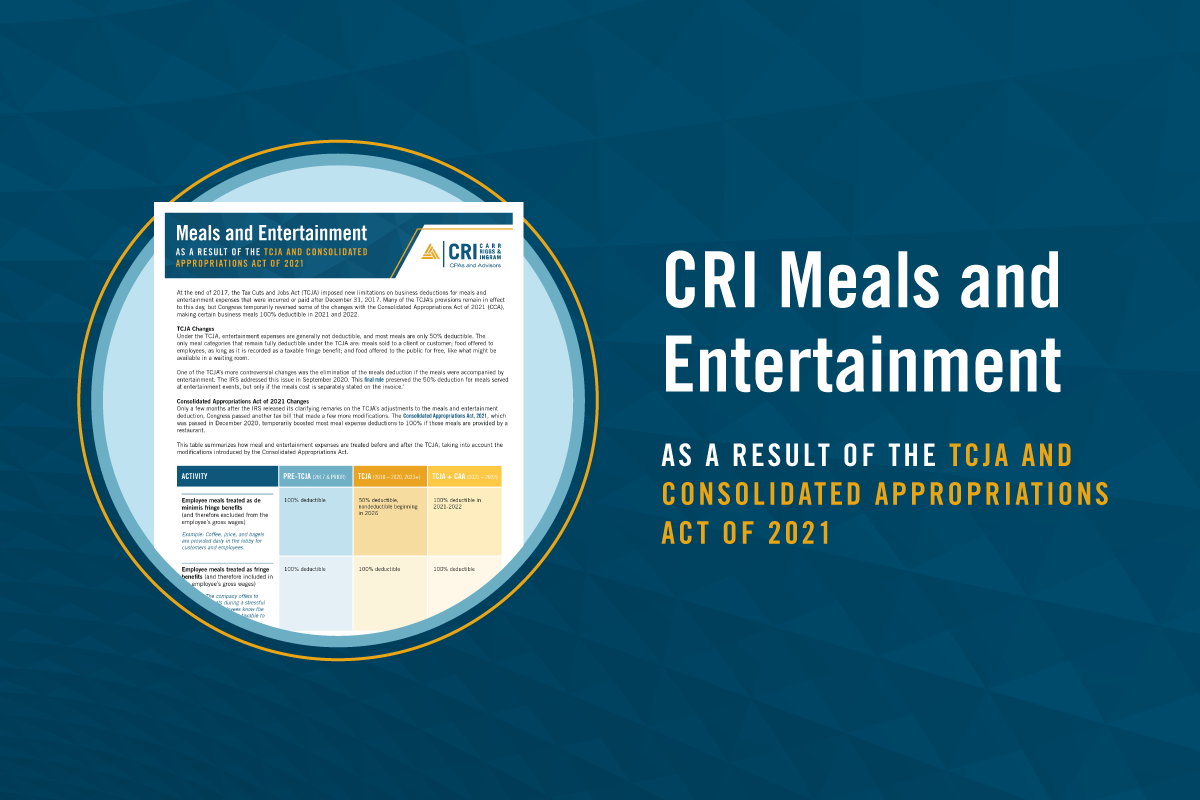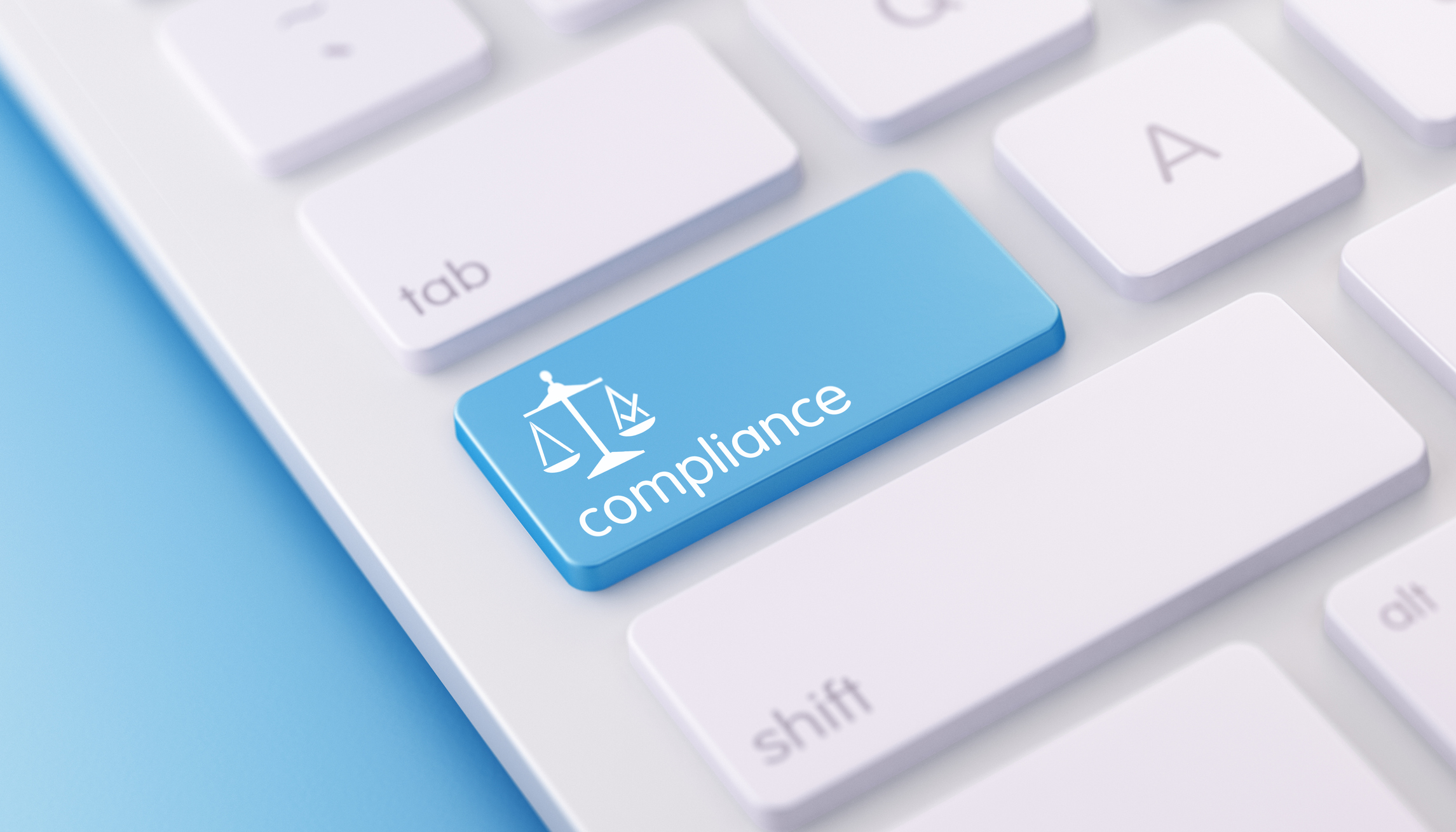Returning to Student Loan Payments: Ensuring Financial and Tax Compliance
- Contributor
- Katie Almond
Aug 28, 2023
After a lengthy pause, the resumption of student loan payments is imminent. For countless borrowers, this signals not only a return to monthly financial obligations but also potential implications for their taxes and financial planning. Amidst these changes, it's crucial that borrowers arm themselves with knowledge and resources to navigate the new landscape effectively.
Tax Implications of Resuming Student Loan Payments
Student loans can have a notable impact on individual taxes. As payments recommence, borrowers are not only met with monthly financial obligations but also with the intricacies of tax implications tied to these loans. Understanding these potential implications is not just helpful, but vital for a sound financial strategy.
Interest Deduction: Borrowers, particularly those in the early years of their repayment, often pay a significant amount of interest. The good news is that taxpayers may deduct up to $2,500 of student loan interest paid from their take-home income on their federal tax return, depending on their income level and filing status. This can lower their taxable income, potentially offering some relief.
Forgiveness Programs: Borrowers on track for Public Service Loan Forgiveness (PSLF) or other forgiveness programs need to be aware that the IRS generally considers forgiven debts as taxable income, which can come as a surprise to many. However, loans forgiven under the PSLF program are a notable exception. Therefore, as you navigate your repayment journey, it's important to be fully aware and prepared for any potential tax liabilities, especially if your loans are forgiven through programs other than PSLF.
State-specific Implications: Some states offer tax credits or deductions related to student loan payments. These can vary widely, from direct reductions in taxable income to credits that can offset owed taxes. Due to this diversity, it becomes all the more important for borrowers to be informed about what's available in their specific state. As such, it's prudent to consult a local accountant to understand state-specific benefits. Not only can they provide clarity on these state-specific benefits, but they might also guide you on how best to incorporate these advantages into your broader financial strategy.
Necessary Steps to Ensure Compliance
Regardless of your current student loan situation, taking the essential actions to guarantee compliance is imperative. Key steps you should familiarize yourself with and follow include:
- Review Loan Details:Borrowers should review their loan details before payments restart and reacquaint themselves with the specifics of their loan agreements, including their interest rate, outstanding balance, and monthly payment. It's not uncommon for loan terms or conditions to undergo minor changes over time, whether due to legislative updates, promotional offers, or institutional adjustments. Periodic reviews ensure that you're never caught off guard by these alterations and can prevent unforeseen challenges in the future.
- Know Your Repayment Plan Options:If the standard repayment plan is financially burdensome, borrowers can explore alternative plans like an income-driven one. These plans calculate payments based on your income, offering potential relief. Recently, the Saving on a Valuable Education (SAVE) Plan has been introduced as a replacement for the previously established Revised Pay As You Earn (REPAYE) Plan. Borrowers on the REPAYE Plan will automatically get the benefits of the new SAVE Plan, which, similar to other income-driven repayment (IDR) plans, determines your monthly payment amount by evaluating factors such as your income and family size. Notably, the SAVE Plan stands out by offering the lowest monthly payments compared to other IDR plans, making it an attractive option for a vast majority of student borrowers.
- Update Personal Information: Ensure that your loan servicer has your current address, email, and phone number. Communication is crucial, especially if there are any changes to your loan terms or if you encounter difficulties making payments. Additionally, borrowers already on an income-driven repayment plan may need to recertify their income. Keeping your details updated facilitates smoother interactions and prevents potential misunderstandings or missed notifications that could adversely impact your loan status.
- Budgeting:Incorporate your upcoming loan payment into your monthly budget. Has there been a change in your job status, unexpected expenses, or other significant financial commitments? If your financial situation has changed since the last time you made a payment, assess if you can afford the current monthly amount. Loan servicers often have alternative payment plans or can provide guidance tailored to your situation. Being upfront about your concerns can lead to solutions that make repayment more manageable, ensuring you stay on track without compromising your financial well-being.
Stay Updated on Legislative Changes
The landscape of student loans is ever-changing. New laws or relief packages can alter how loans are treated for tax purposes or offer temporary financial relief. By staying informed, you position yourself to make the most of any new benefits or shifts, ensuring you manage your loans effectively.
The return of student loan payments will undoubtedly have a financial and tax impact on borrowers. Navigating the complexities of student loans, especially when intertwined with individual tax scenarios, can seem daunting. But remember that you don't have to tackle it on your own. Contact your CRI tax advisor, who has the expertise and resources to help you navigate this transition smoothly and maintain your overall financial health.

